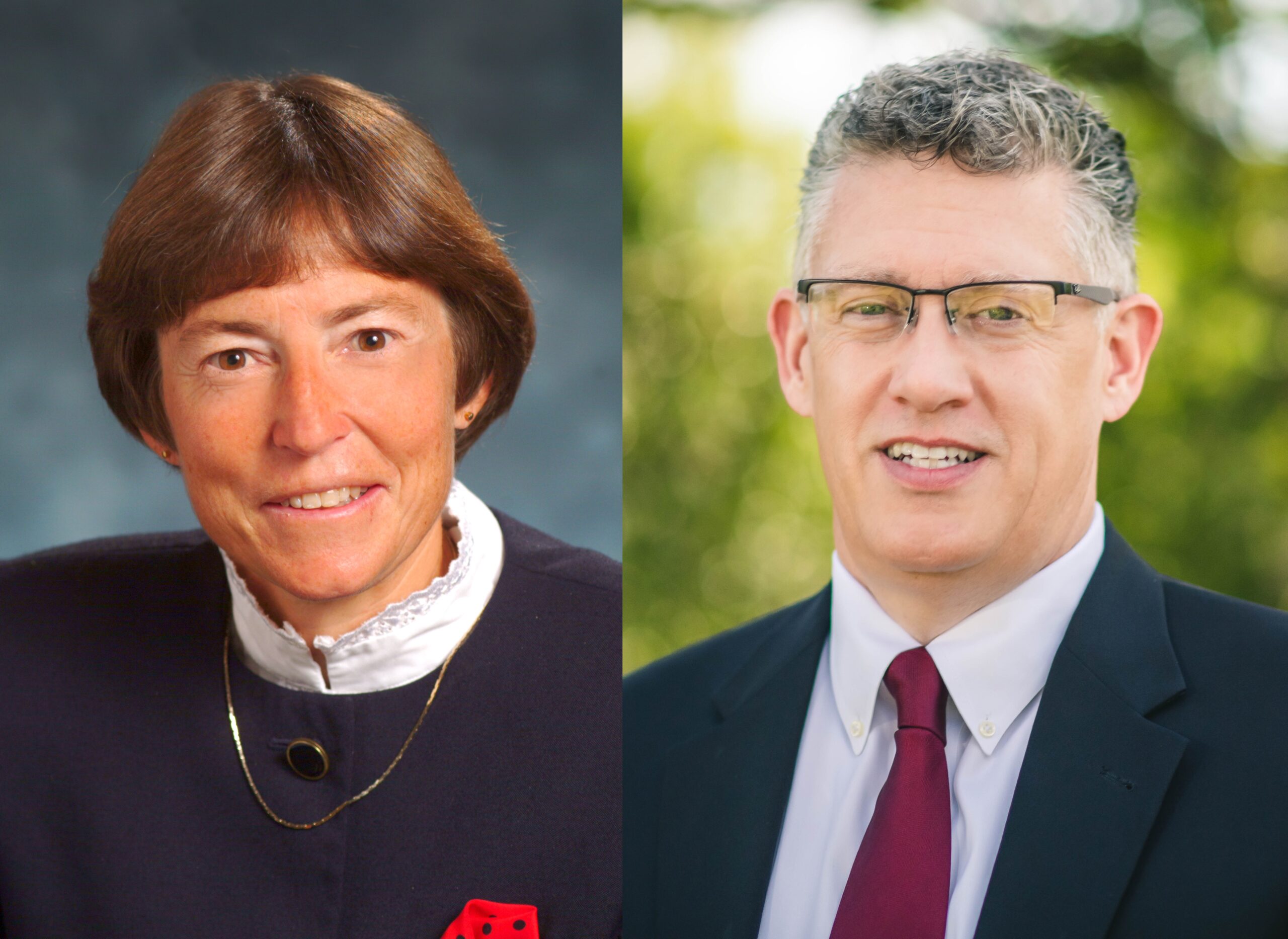
Texas A&M University’s main campus, a 5,200-acre classroom/laboratory without walls in College Station, has consistently ranked in the top five for the largest student population in the nation, with 64,300 enrolled in fall 2019. Add to that 3,750 faculty and 20,000 staff, plus an extra 120,000 people on football game days, and it makes the campus the fourth largest downtown in Texas.
The infrastructure must accommodate numbers that vary wildly not only from day to day, but also from hour to hour—on a campus with 37,000 parking spaces.
The opportunities for things to go awry are abundant. Fortunately, so are the openings for experimentation and learning, especially where traffic of all types is concerned—including both privately owned and shared options, along with ride-hailing providers and university buses providing 6.3 million rides annually. Oh, and there’s also a railroad track bisecting the campus, providing passage for more than a dozen freight trains per day.
Read: Driverless shuttles as campus “people movers”
A test bed for transportation tech
There’s no other university campus in America with a comparable mix of magnitude, modes and mobility challenges. So it’s only fitting that we serve as a test bed for all types of transportation technologies. Through the Campus Transformational Mobility Plan and Campus Transportation Technology Initiative, these and other related efforts focus on creating a more connected and walkable campus with more green space and more pedestrian, bicycle, transit and car-share options.
Through the Campus Transformational Mobility Plan and Campus Transportation Technology Initiative, Texas A&M efforts focus on creating a more connected and walkable campus with more green space and more pedestrian, bicycle, transit and car-share options.
The Texas A&M living laboratory campus environment harnesses the brainpower of students, faculty and researchers and fosters innovation. It enriches the student and visitor experience and nurtures ongoing collaboration through these six areas:
- Self-driving shuttle: The university, with support from Texas A&M Transportation Services and the Texas A&M Transportation Institute, served as the testing space for a Navya self-driving shuttle in late 2019. Operating on a fixed course amid routine pedestrian and cycling traffic, the shuttle ran for more than 600 miles—fully autonomous 90% of the time. Researchers are applying lessons learned to inform potential future deployments of the technology at Texas A&M or on other campuses.
- Bus-based collision warning system: A campus bus is equipped with the Rosco Mobileye Collision Warning System and has cameras and sensors aimed at blind spots where pedestrians and bicyclists are most likely to be in harm’s way, especially during turns when collisions are more likely. Data from the initial demonstration identified conflict locations that will receive additional safety treatments. Researchers also evaluated student and bus drivers’ attitudes about the system.
-
Solar-energy pavement surface lighting: Broad, bright-green pavement markings store solar energy during the day and keep pathways lit at night for cyclists and pedestrians.
- Destination Aggieland mobile app: Tens of thousands of travelers visiting campus for athletic or other events can use this award-winning smartphone app to more easily plan travel routes, find parking, navigate crowded thoroughfares and save time. The app was developed in response to chaotic traffic congestion that accompanied rapidly growing attendance at Aggie football games. Traffic flow that was once termed “a complete disaster” by local transportation engineers has been vastly improved.
-
Smart intersection: An on-campus signalized intersection was outfitted with radar, cameras and other connected vehicle technologies, including an audible warning system that alerts pedestrians and cyclists (“Caution! Bus Turning” in both English and Spanish), in addition to visual warning signs. The evaluation will measure changes in the number of crashes, and will also include a survey of pedestrians and bicyclists along with bus driver interviews.
- Dockless bike sharing: Researchers are using bike use data to ensure proper use, identify locations needing facility improvements, and adjust the geofenced use area to help make sure that the bikes are left in appropriate locations on campus.
Read: How to navigate the campus e-scooters trend
Student involvement—from project development to evaluation
Students are heavily involved in all aspects of these ventures, and for obvious reasons. They are more connected to the campus each day than their researcher and faculty counterparts are. They see things that we don’t see. Their fresh perspectives blossom, unencumbered by the entrenched thinking that sometimes accompanies experience.
The innovative technologies and services enrich the student experience on campus. Many students are involved in developing, designing, testing and evaluating projects, enhancing their educational experiences and employment opportunities.
Read: How more colleges achieve carbon neutrality
For as long as they have existed, college and university campuses have functioned as cities within cities. And as such, they are increasingly vulnerable to the same challenges that constrain and confound their municipal counterparts. One of the most conspicuous of those is traffic. We’re bringing together the brightest thinkers—both young and seasoned—to overcome those challenges.
What will the higher education environment of tomorrow look like? We’re not entirely sure. What we can safely expect, however, is that the future won’t be simply an extension of the past. It could well be something we haven’t yet envisioned.
And what better place to develop that vision than on a university campus, where inquiry is encouraged and discovery is commonplace?
Katherine Turnbull is an executive associate director of the Texas A&M Transportation Institute. Peter Lange is the associate vice president for transportation services of Texas A&M University.





